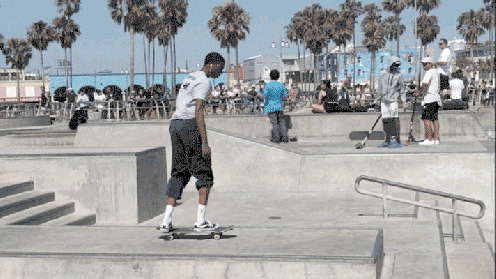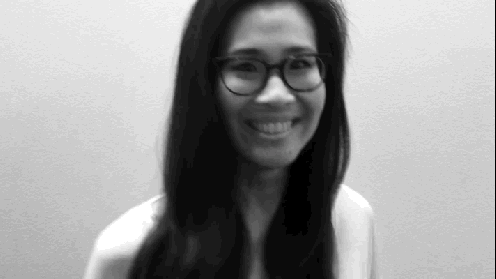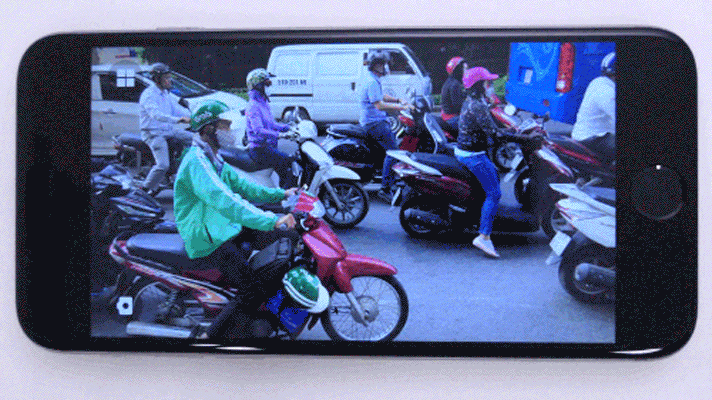Engineers at Google Research continue to build photography applications built on new technologies and are in the process of testing. Today, the trial of three new imaging applications was developed for both Android and iOS platforms that have just been launched by Google.
Google Research is currently developing applications under the motto “giving users a useful and practical mobile photography experience built on the technology (being tested).” Motion Stills as mentioned The above is an application that creates animated effects from short video clips using new image rendering and stabilization technologies and is in beta stage. In line with this application, three new applications are released that are practical applications for technologies such as object recognition, stylized algorithms, and optimized image encoding/decoding.
 To
To
Storyboard (Android) is a fast video converting application. You just need to shoot a short video and open it on the Storyboard, the application will automatically select the interesting scene and re-processing into a comic content with a choice of 1 in 6 different styles. If you are not satisfied you can swipe down on the screen to select a new one. There will be up to 1.6 trillion different random results for you to choose.
 To
To
Selfissimo! (iOS & Android) is a selfie black and white selfie. Just open the app, tap on the screen to take a picture. Photos will be taken continuously whenever you change the way you make a new photo, tap again to stop the capture process and from there you can choose to save the image as you like or save it.
 To
To
Scrubbies (iOS) is a custom application that measures the playback speed and rotation (horizontal / vertical) of the video to create spectacularly repetitive videos with an emphasis on detail or action. You can also create many other effects for your video. Video content can be saved or shared with friends through social networks.
The goal of Google to conduct the above tests is to bring the next generation of camera phones to take advantage of the best combination of camera hardware and software algorithms. Even future cameras can understand “semantic content” in a snapshot.
